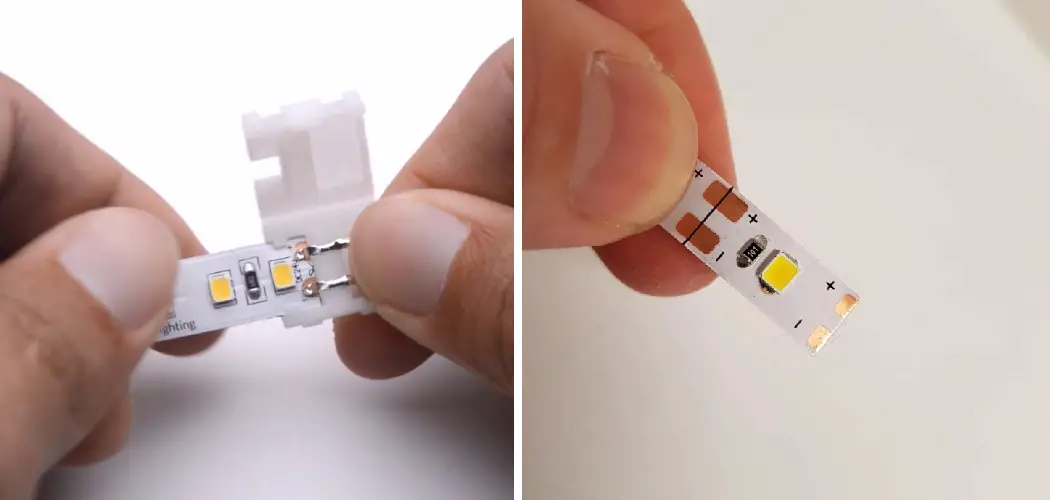Are you looking for a quick and easy way to light up your home, office, or workshop? Look no further than LED connectors! Whether you are setting up a permanent lighting system or wiring together holiday decorations, these nifty little gadgets make any DIY project simpler and more efficient.
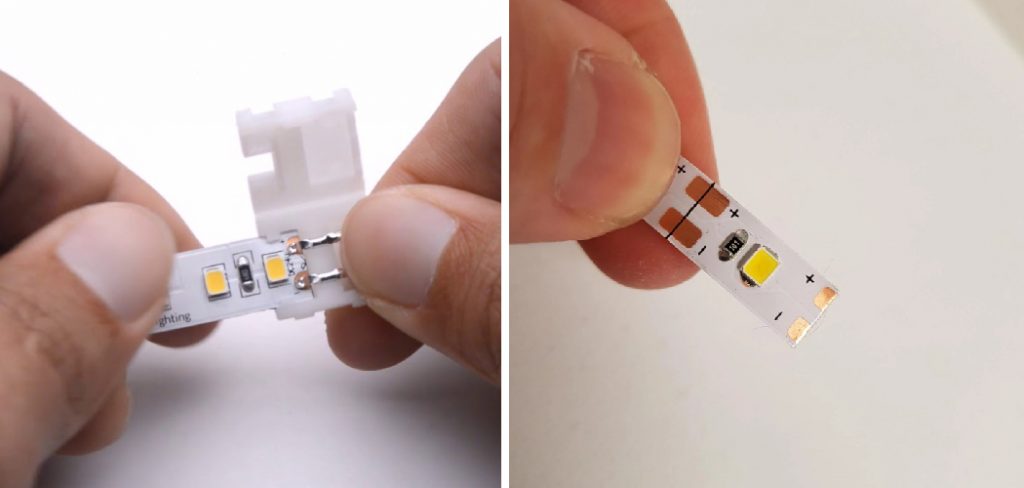
With just a few tips and tricks, you can master how to use LED connectors like an expert in no time. Let’s get started on unlocking the potential of your next lighting project with our guide to using LED connectors!
What are LED Connectors?
LED connectors are a type of electrical connector specifically designed to be used with Light Emitting Diodes (LEDs). The most common types of these connectors have two or three pins that connect electrical wires to the back of an LED light fixture.
This allows you to easily daisy-chain multiple fixtures together, making setup and maintenance a breeze. In addition, LED connectors are often used in waterproof housing to protect the connection from moisture and dust.
Tools and Materials You Will Need to Use Led Connectors
- A pair of wire cutters
- Strippers
- Electrical tape or heat shrink tubing
- LED connector(s)
- Wires to connect fixtures (in the proper voltage & gauge)
- A soldering iron (optional, for larger projects)
Step-by-step Guidelines on How to Use Led Connectors
Step 1: Preparing the Wires
Before you can start connecting your LED lights together, you’ll need to prepare the wires for attaching. The first step is to cut the wires to length so they reach from one fixture to the next. You will also want to strip away a small portion of insulation from each end of every wire. This exposes the copper conductors inside, allowing the LED connectors to make a secure electrical connection.

Step 2: Connecting the Wires to Your LED Connectors
Now that your wires are prepared, you can begin attaching them to your LED connectors. First, insert one end of the wire into the socket on the side of the connector and use pliers or soldering iron to tighten it in place.
You may need to twist the exposed copper conductors together to ensure it is secure. Repeat this process for the other end of the wire, then use electrical tape or heat shrink tubing to cover any exposed sections.
Step 3: Connecting Your LED Lights Together
Once all your wires are securely attached to the connectors, you can begin connecting them together in a daisy chain. All you have to do is plug one end of the connector into the socket on the back of an LED light fixture and attach the other end to another unit.
You can also connect multiple lights together using a single connector. When your connections are complete, make sure all fixtures are firmly attached and no wires are exposed.
Step 4: Testing Your LED Lights
The final step in using LED connectors is to test your setup. Plug the fixture into an outlet and carefully check each connection to make sure it is secure. If everything looks good, flip on the power switch and watch your lights come to life!
With just a few simple steps, you can now use LED connectors to bring a beautiful light display into your home or office. Whether it’s a festive holiday scene or a practical lighting setup for a workshop, LED connectors are an easy and affordable way to make your next DIY project shine!
Additional Tips and Tricks to Use Led Connectors
1. When connecting to a power source, make sure that the input voltage matches the output voltage of the LEDs. Connecting the wrong power source can result in damaged LED components.
2. Check for loose connections before applying power to the circuit. This will help prevent costly repairs due to faulty wiring or connectors.
3. If using multiple LED lights, you may need to use a connector that can handle more than two terminals. Make sure to read the manual for your LED connectors before connecting them together.
4. When wiring LED lights, it is important to consider how many watts each light will require in order to ensure safe operation and maximum efficiency.
5. Also, make sure to keep all connections clean by using electrical grease or other conductive materials. This will help to ensure a strong connection and maintain the integrity of the LED lighting system.
6. To ensure maximum safety, make sure to use only LED connectors that are certified for the type of application you intend to use them for. This will ensure that they are designed to handle the current and voltage necessary for your setup.
7. Always wear gloves and eye protection when handling electrical equipment, including LED connectors. This will help protect against sparks or shocks from any mishandled wires or components.
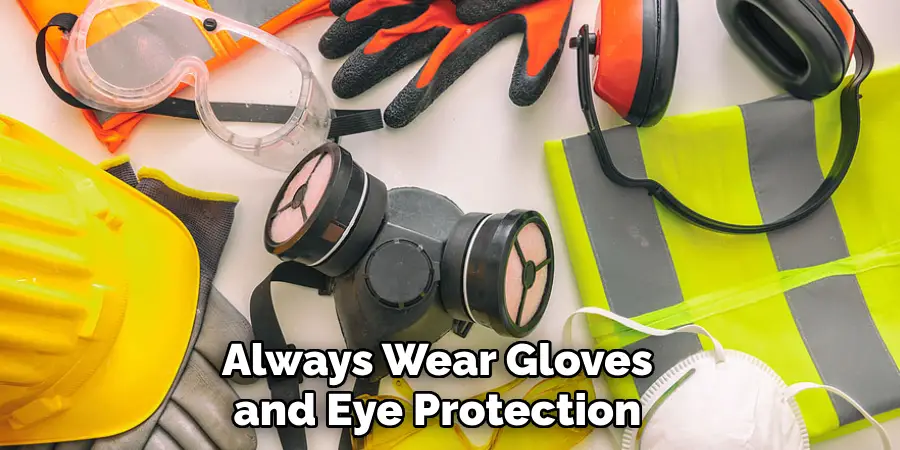
8. Finally, always follow the manufacturer’s instructions for the proper use and installation of LED connectors. Doing so will help ensure that your LED lighting system is installed properly and safely.
By following these tips and tricks you can ensure that your LED lights are connected correctly and efficiently, leading to a safer working environment as well as maximum efficiency and brightness. With proper installation and maintenance, LED connectors can be a valuable part of your lighting system for years to come.
Precautions Need to Follow for Using Led Connectors
When working with Led Connectors, there are several general safety precautions that should be followed:
- Make sure to read the instructions and warning labels located on the product before using them. Failure to do so may result in serious injury and/or property damage.
- Make sure to wear appropriate protective gear when handling the connectors, such as gloves, safety glasses, and/or coveralls.
- Unplug the LED light fixture when making connections and disconnect all current from the circuit before beginning any work with LED connectors.
- Make sure not to over-tighten or strip any screws while making connections. Doing so may cause damage to the components and/or create a dangerous situation.
- Make sure to use the proper cord and wire size when making connections with LED connectors. Using too thin of a cord or wire may cause overheating and/or fire hazards.
- Make sure that all exposed copper is properly insulated, as it can be hazardous if left bare.
- Finally, make sure to keep your workspace clean and free of foreign material.
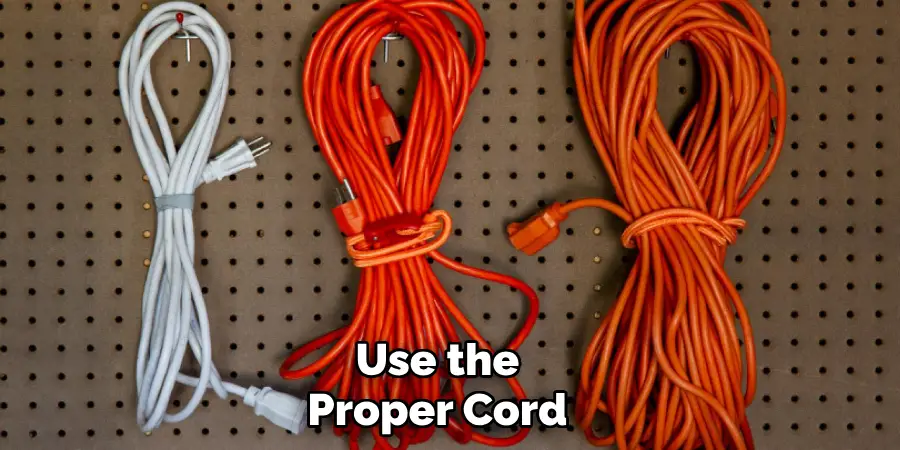
By following these simple safety precautions, you can help to ensure a safe and efficient installation of your Led Connectors. If at any point you feel uncomfortable or unsure during the process, be sure to consult with an experienced electrician for assistance. Remember: Safety First!
Frequently Asked Questions
What is the Purpose of Led Connectors?
LED connectors are a special type of electrical connector used to attach a light-emitting diode (LED) to an electronic circuit. The connectors make it possible for the LEDs to be easily connected and removed from existing circuits without soldering or other permanent joints. LED connectors come in a variety of sizes, shapes, and materials and are suitable for use with all types of LEDs.
How Do I Connect My Led Connectors?
Connecting LED connectors is relatively easy. First, make sure the voltage input on the connector matches the output voltage of your circuit before connecting. Then, insert one end of the connector into the LED and the other end into your circuit. Finally, secure both ends with a screw or locking tab for a reliable connection.
What Are the Benefits of Using Led Connectors?
Led connectors offer several advantages over soldering and other permanent connections. The connectors are easy to install and remove, making them ideal for applications where LEDs need to be quickly and easily swapped out.
They also protect against short-circuiting, helping to prevent damage to both the LED and the circuit it is connected to. Finally, LED connectors ensure a reliable connection that won’t degrade over time due to corrosion or other factors.
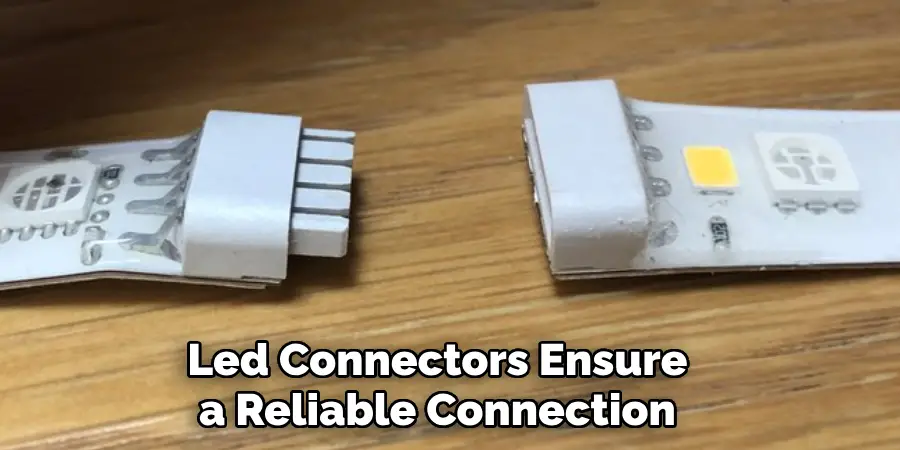
What Types of Circuits are Suitable for Led Connectors?
Led connectors can be used with a wide range of circuits, including those powering single LEDs as well as multiple LED strings connected in series or parallel. The connectors are also suitable for more complex applications such as dimmable lighting systems and color-changing lights.
While the versatility of led connectors is impressive, it’s important to note that they may not be suitable for use with certain high-power applications. Be sure to refer to the manufacturer’s guidelines for specific recommendations on the types of circuits that are compatible with your LED connectors.
Conclusion
In conclusion, LED connectors are some of the most convenient and safest electrical components on the market. Understandably, installing them properly and using them safely is a must.
Now that you know how to use LED connectors correctly, you can take advantage of all their benefits and create satisfactory electronic circuits. If at any point you feel overwhelmed, don’t be afraid to ask experts for help; they will be sure to answer your questions and guide you through a proper installation process.
With the right knowledge and tools, you can create high-quality, reliable circuit boards with LED connectors. Remember – safety always comes first! Now that you know how easy it is to make safe connections with LED connectors, go ahead and try it out for yourself. You can find several useful guides online that will provide details about tracking down the best deals on parts or adding decorative flair to your projects. Happy connecting!

